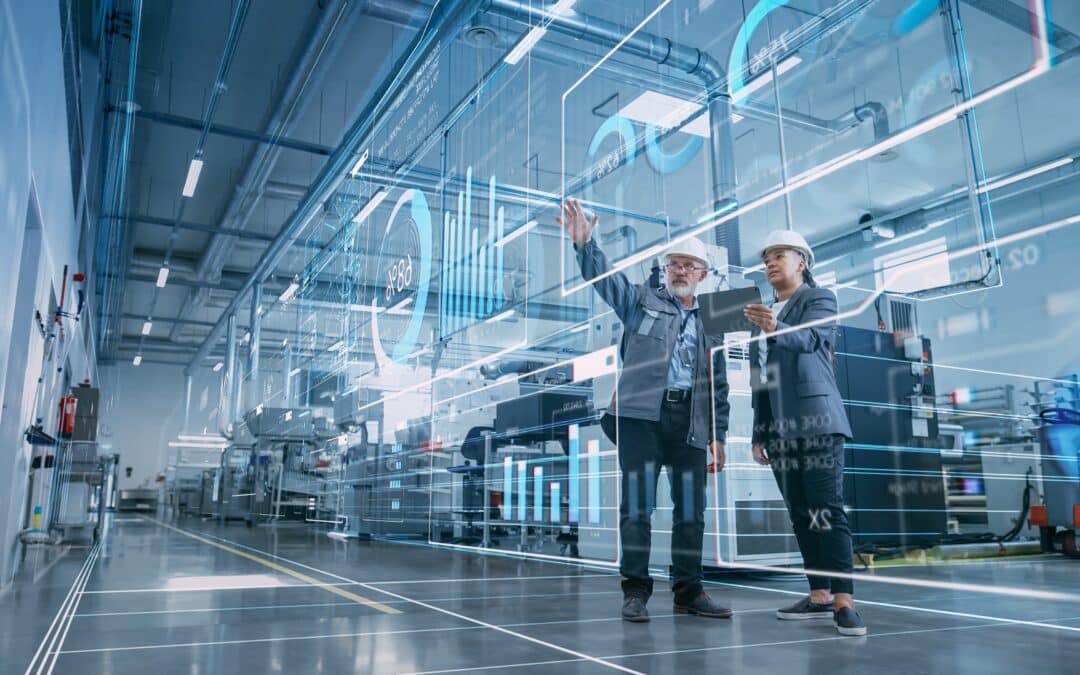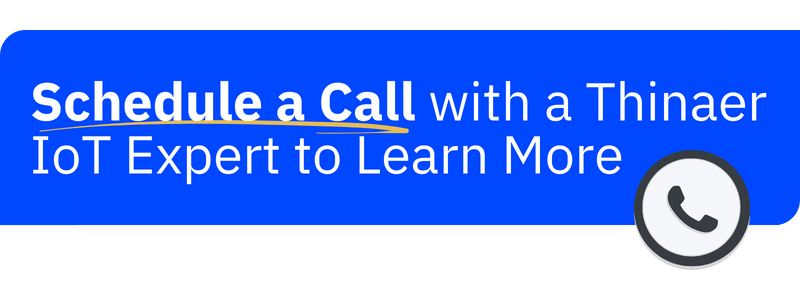Understanding Factory Visualization in the Era of Digital Transformation
Digital transformation in manufacturing is rapidly evolving, and at its forefront is the concept of factory visualization powered by digital twins. Modern facilities are embracing integrated digital solutions—such as factory data visualization, smart factory technology, and industrial visualization tools—that track assets, monitor facilities in real time, and create a seamless digital thread throughout operations. This article explores how digital twins, combined with smart factory solutions and advanced manufacturing process visualization techniques, transform factory operations, enhance operational efficiency, and pave the way for smarter, Industry 4.0 smart factories.
Factory visualization today goes beyond static displays and physical markers. It involves creating dynamic digital representations through tools like 3D visualization in factories and interactive factory visualization platforms. These digital models, often presented as factory floor data dashboards or plant data visualization systems, offer decision-makers a real-time window into every aspect of the production process. By integrating sensors, IoT devices, and advanced analytics—referred to as IoT visualization in factories—digital twins empower manufacturers to visualize factory processes, predict maintenance needs, and optimize workflows with unprecedented accuracy. This digital approach is a core component of smart factory automation and smart factory systems, rapidly replacing traditional methods in the modern production environment.
The Digital Twin: The Heart of Modern Manufacturing
A digital twin for factories is a virtual replica of a physical asset, system, or process. In a manufacturing context, it represents machines, production lines, or entire facilities. This digital counterpart continuously collects data from embedded sensors and operational systems, creating a digital thread that connects the physical and digital realms. With digital twin technology, manufacturers can:
- Monitor Assets and Facilities: Utilize real-time factory visualization and factory performance dashboards to gain insights into equipment performance, detect anomalies, and implement predictive maintenance. This is a key benefit of a smart factory, offering tangible improvements in operational uptime and reliability.
- Improve Operational Efficiency: Leverage factory analytics and visualization to optimize workflows, reduce downtime, and enhance overall equipment effectiveness (OEE) by visualizing factory efficiency. These benefits align with emerging smart factory trends, emphasizing the shift from reactive to proactive manufacturing.
- Enhance Communication: Provide a single source of truth with factory visualization software that informs stakeholders through robust, real-time data. This clarity is one of the critical smart factory components that distinguish smart factory manufacturing from traditional operations.
- Drive Continuous Improvement: Use historical and real-time data with big data visualization in manufacturing to identify trends, benchmark performance, and foster a culture of ongoing optimization. Such insights are instrumental when considering smart factory case studies and examples of smart factory design.
From Visual Cues to Data-Driven Insights: The Shift in Factory Visualization
Traditional methods of visualizing factory processes—such as physical signage and manual alerts—are giving way to sophisticated digital solutions. Modern smart factory visualization leverages manufacturing process visualization techniques to transition from reactive to proactive strategies. By employing real-time factory visualization and factory simulation and visualization systems, companies can spot inefficiencies, forecast potential issues, and quickly adapt to changes in the production environment. This evolution not only enhances asset tracking and facilities monitoring but also ensures a robust digital thread that spans every stage of production, aligning with smart factory logistics and smart factory design principles.
Key Strategies for Implementing Digital Twin and Smart Factory Solutions
- Integrate IoT and Sensor Technologies:
Equip machinery and facilities with IoT devices that support IoT visualization in factories. The data collected becomes the foundation for effective factory data visualization and enhances 3D visualization in factories, ensuring that the digital twin accurately reflects the physical state of operations. Integrating smart factory IoT is critical for capturing detailed performance metrics. - Develop a Comprehensive Digital Thread:
Establish a digital thread that connects every facet of production—from design and engineering to real-time operational insights displayed on factory floor data dashboards. This continuous information flow facilitates manufacturing process visualization and provides comprehensive plant data visualization—a strategy that exemplifies how to implement a smart factory. - Leverage Predictive Analytics and AI:
Utilize big data visualization in manufacturing and factory analytics and visualization to analyze data captured by digital twins. Predictive models can forecast equipment failures, optimize maintenance schedules, and highlight opportunities for process improvements, thus reducing downtime and waste. These techniques are central to smart factory automation and are highlighted in many smart factory case studies. - Enhance Collaboration and Communication:
Implement centralized digital platforms featuring factory visualization software and interactive factory visualization tools. This approach breaks down communication silos and ensures that everyone—from floor operators to executive leadership—has access to actionable insights via comprehensive factory performance dashboards. Such platforms embody smart factory software trends and facilitate smart factory logistics.
Benefits of Digital Twins in Factory Visualization and Smart Factory Systems
Enhanced Asset Tracking and Facilities Monitoring:
Digital twins enable real-time factory visualization by continuously monitoring machines and production lines. Alerts and data from factory visualization tools allow operators to address issues before they escalate, leading to improved asset reliability and extended equipment life—key benefits of a smart factory.
Operational Efficiency and Cost Savings:
Real-time insights from factory floor data dashboards and manufacturing visualization techniques allow manufacturers to fine-tune operations, reduce downtime, and optimize resource utilization. Predictive maintenance powered by digital twin technology not only prevents costly breakdowns but also boosts overall production efficiency, marking a clear advantage of smart factory automation over traditional factory systems.
Data-Driven Decision Making:
Integrating real-time data with advanced analytics transforms raw data into strategic insights. Through effective factory data visualization and factory simulation and visualization, manufacturers can make informed decisions, drive continuous improvement, and maintain a competitive edge—benefits consistently demonstrated in smart factory examples and trends.
Creation of a Digital Thread:
A robust digital thread links every step of the manufacturing process, ensuring complete traceability and transparency. This connectivity supports quality control, regulatory compliance, and rapid adaptation to market changes, all while fostering a culture of innovation and continuous improvement. The digital thread is one of the essential smart factory components that distinguishes modern manufacturing from its traditional counterpart.
Overcoming Challenges in Digital Twin and Smart Factory Implementation
Implementing digital twin technology and smart factory systems comes with challenges such as resistance to change, data integration complexities, and cybersecurity in smart factories. However, investing in robust training programs, establishing clear data governance policies, and ensuring secure integration of IoT devices can overcome these obstacles. With the right approach, manufacturers can navigate smart factory challenges and transition smoothly from a traditional factory model to a modern, interconnected production environment.
Future Trends in Factory Visualization, Digital Twins, and Smart Factory Technology
The future of manufacturing is set to be even more interconnected and data-driven. Emerging trends include augmented reality (AR) for immersive training and maintenance, enhanced AI-driven predictive analytics, and further integration of IoT devices that support smart factory visualization. These innovations will not only improve asset tracking and facilities monitoring but also expand the capabilities of factory simulation and visualization, leading to even more interactive factory visualization and comprehensive factory performance dashboards. As the industry evolves, understanding the future of smart factories and keeping abreast of smart factory trends will be essential for manufacturers seeking to optimize operations and maintain a competitive edge.
How Thinaer Can Help with Digital Transformation
Thinaer is at the forefront of enabling digital transformation in manufacturing, connecting everything in your operations to the cloud and driving smarter, more efficient production environments. Here’s how Thinaer can support your journey:
- Faster PoCs and ROI-Driven Initiatives:
With Thinaer’s Sonar, you can deploy proof-of-concept (PoC) areas in less than seven days and begin visualizing data from day one. This rapid deployment helps you realize ROI faster and lays the foundation for more advanced analytics. - Advanced Cloud Integration:
Thinaer improves the outcome of every cloud initiative by increasing cloud service usage across your operations. By connecting everything everywhere you operate, Thinaer ensures a seamless transition to cloud-based smart factory systems. - Intuitive Data Visualization:
Sonar makes data visualization easy for everyone. It provides intuitive, interactive dashboards and real-time insights that empower decision-makers across your organization, serving as a stepping stone to more advanced analytics. - Comprehensive Digital Transformation:
With Thinaer, every cloud program benefits from a new class of “Everything, Everywhere” data. Our solutions integrate smart factory technology, digital twins, and advanced visualization tools to create a continuous digital thread that enhances operational efficiency and drives smarter manufacturing. - End-to-End Support:
From initial planning to full-scale implementation, Thinaer offers consulting, implementation, and ongoing support to help you overcome smart factory challenges and realize the benefits of digital transformation.
Conclusion
Factory visualization and digital twin technology are revolutionizing manufacturing by transforming static visual cues into dynamic, real-time digital models. Through the use of advanced tools like factory data visualization, interactive dashboards, and 3D visualization in factories, manufacturers can harness the power of a continuous digital thread, predictive analytics, and real-time insights. Embracing smart factory technology and digital twin solutions is not just a technological upgrade—it’s a strategic move towards a more efficient, data-centric future in manufacturing, offering clear advantages over traditional factory systems in terms of smart factory automation, benefits of a smart factory, and overall operational excellence.
Embrace the future of manufacturing with Thinaer. With our innovative SONAR platform and comprehensive digital transformation solutions, we’ll help you connect every aspect of your operations to the cloud, enabling faster PoCs, improved ROI, and a smarter, more resilient production environment.


